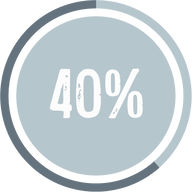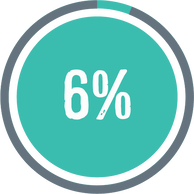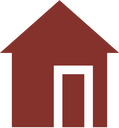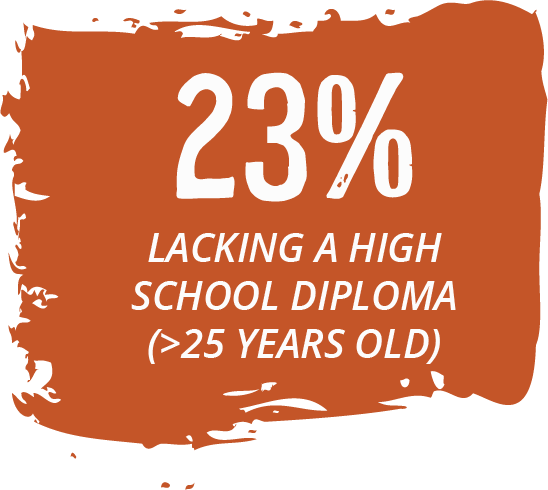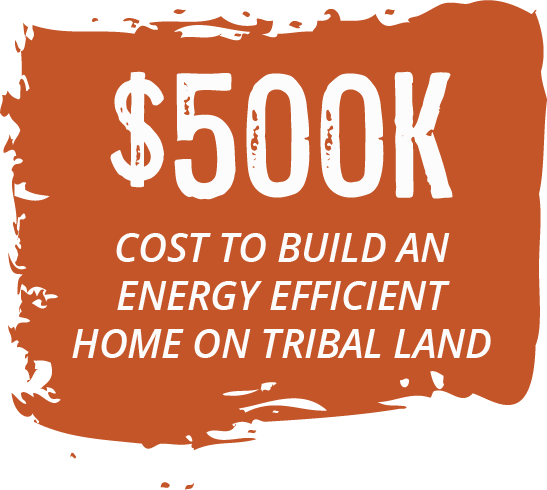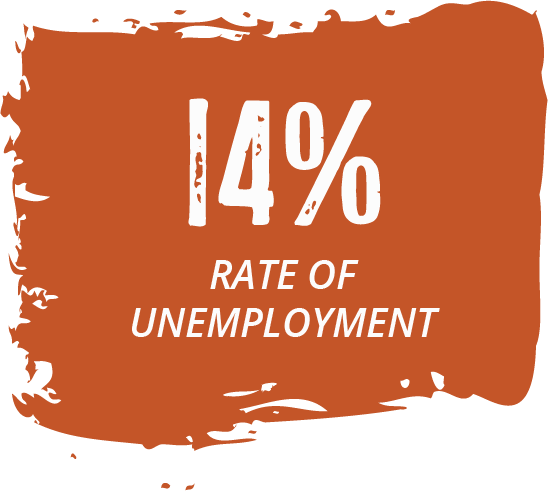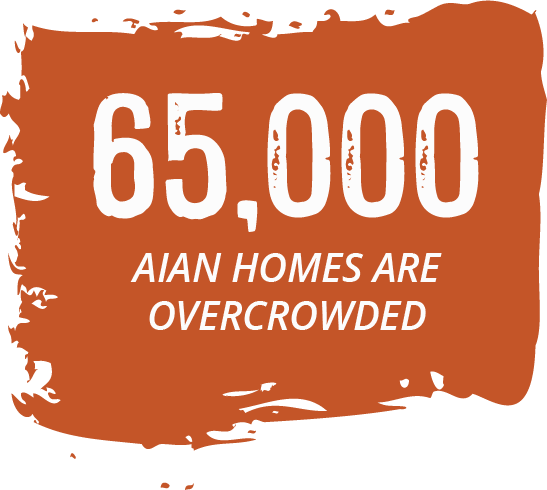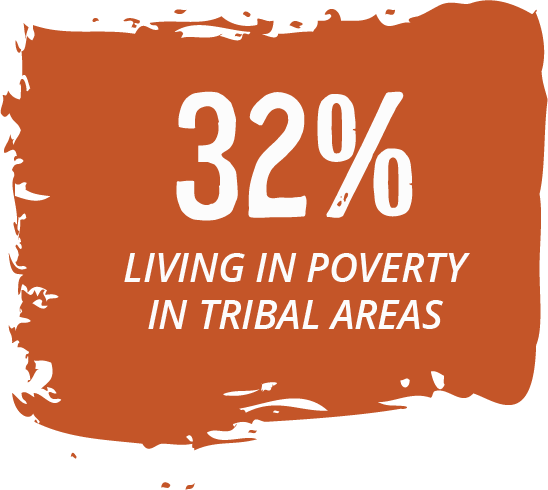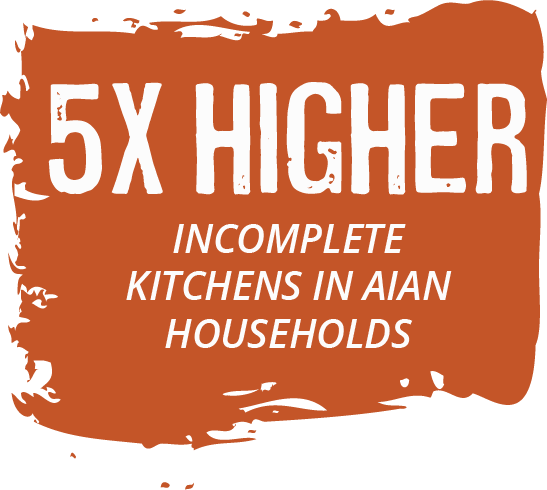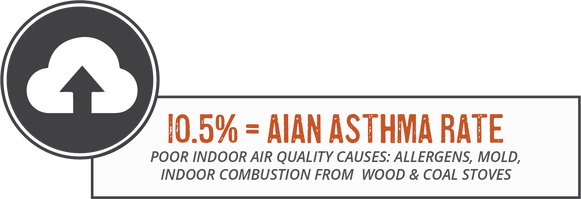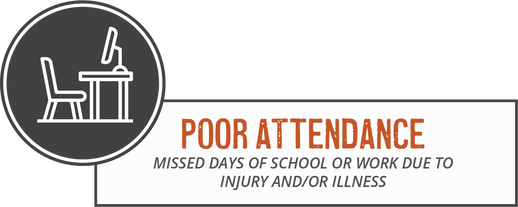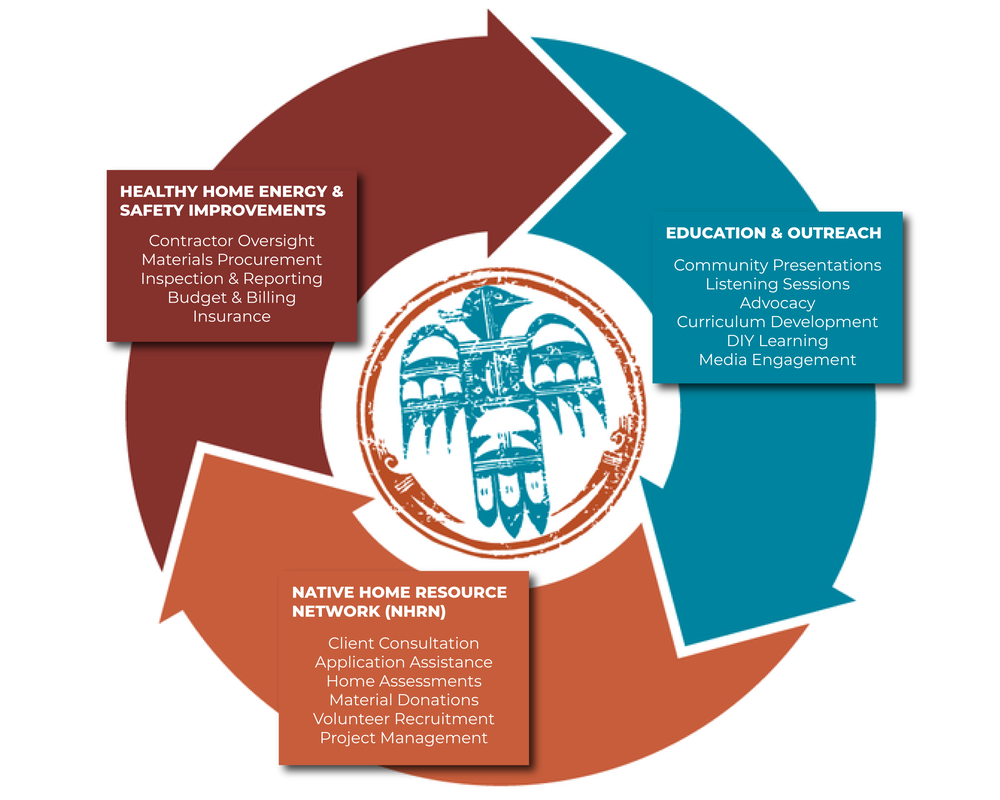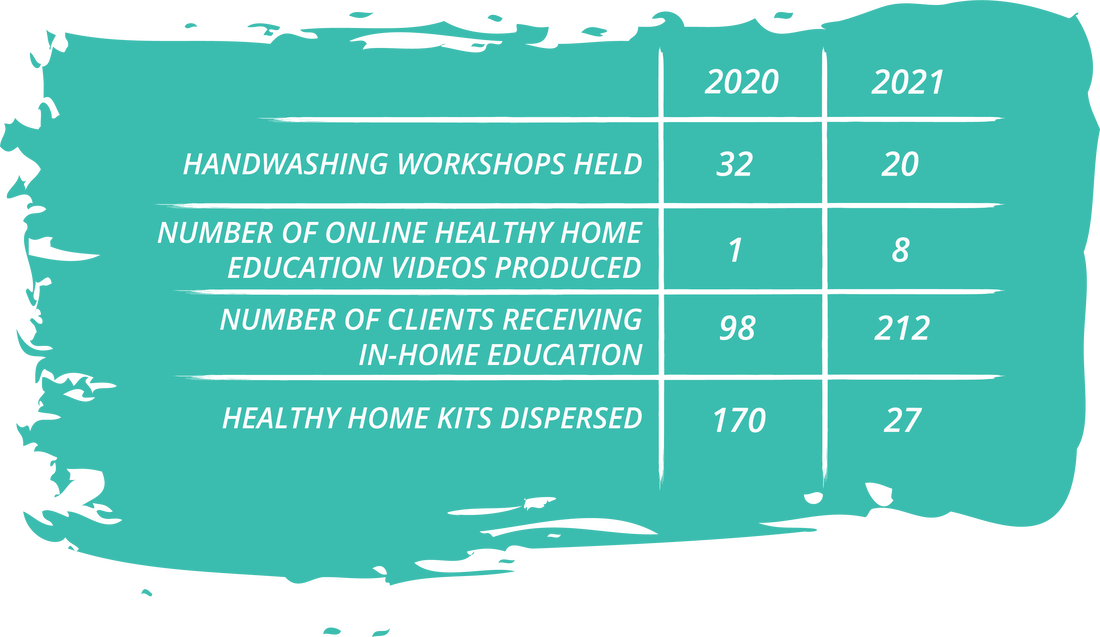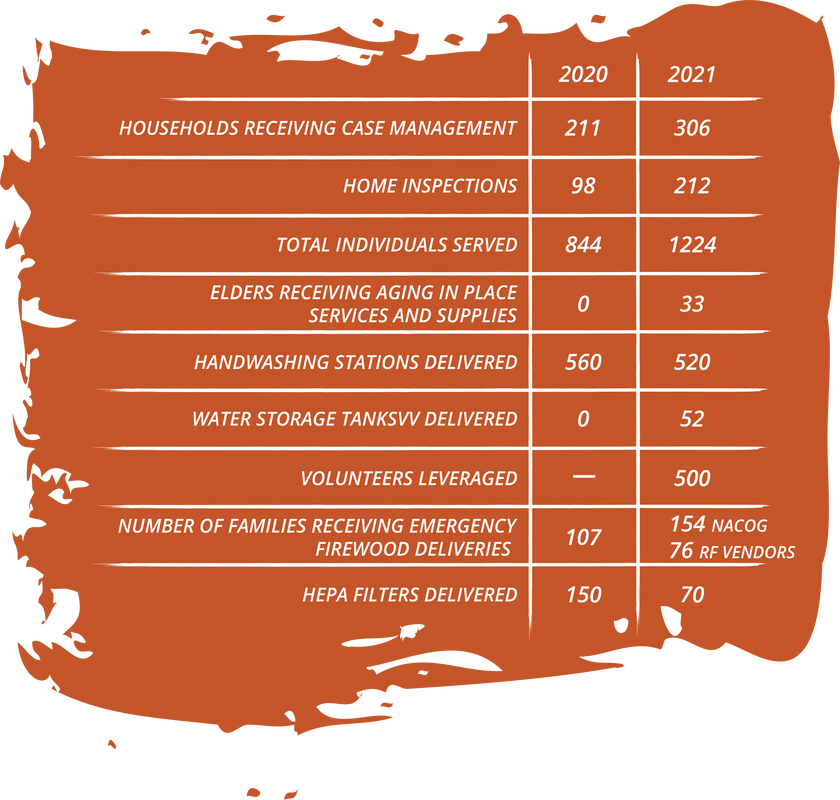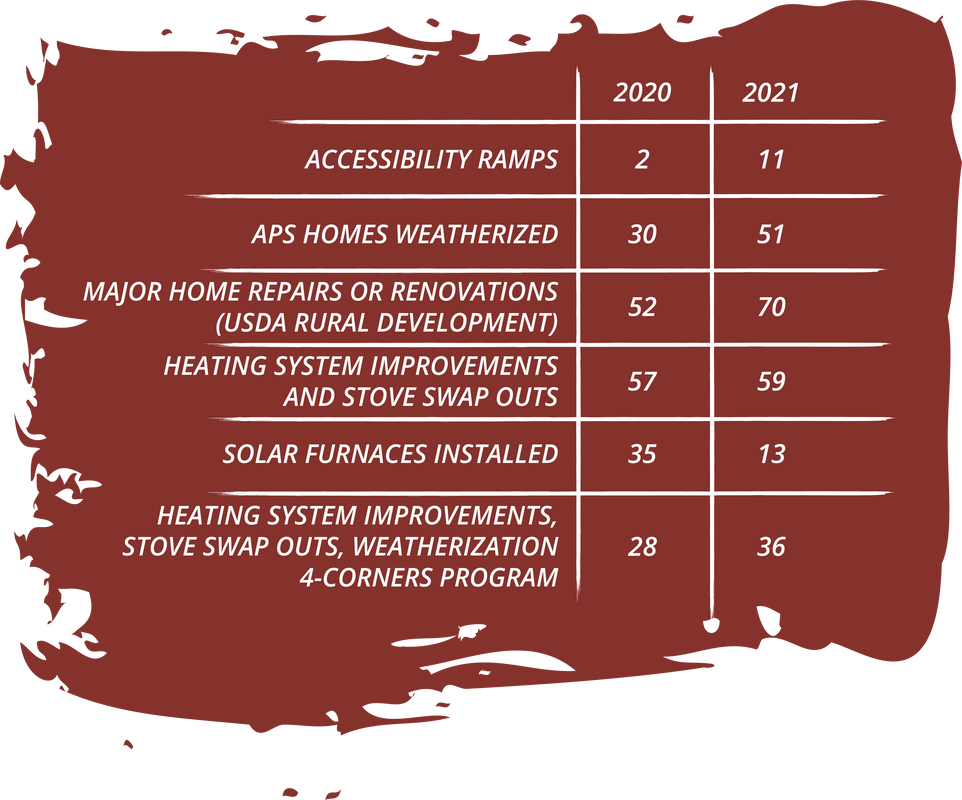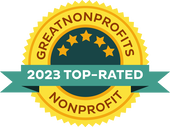|
Program evaluation is an important part of our work as it allows us to determine whether we are achieving the goals and outcomes we have set for ourselves and how those results impact our community partners.
We collect basic quantitative data such as the number of individuals that receive educational training and homes repaired and types of services provided. We also maintain detailed expense reports that allow us to calculate returns on donor investments. Qualitative data is gathered on a regular basis through client surveys and interviews, community meetings, and regular partner engagement to ensure programs are meeting local needs. |
|
Students of Red Feather educational workshops come away with not only the knowledge, tools, and materials to solve minor housing repair needs, but also a greater appreciation for the connection between home maintenance and family health. To achieve this, we use a variety of educational techniques including lectures, group discussions, and hands-on practice, often using local homes as learning laboratories. In addition to workshops, we conduct a lot of general educational outreach to both tribal and non-tribal audiences, such as providing presentations and having informational tables at various events.
|
|
NHRN is a case management program that helps families and communities resolve home health and safety risks. Case managers first listen deeply to client needs, then determine what resources could be leveraged to provide solutions. This could be simply mailing an educational resource, referring a trades professional, or recommending a service provider. Other solutions require more extensive work, such as conducting home assessments, providing application assistance, recruiting and managing volunteers, and soliciting materials donations. We encourage clients to contribute their own resources to help solve the issue at hand. A lot of behind the scenes work goes into supporting the NHRN program, such as extensive data management, conducting research on new resources, providing capacity building for contractors, and developing and maintaining strategic partnerships. In 2020, we also saw an incredible jump in the number of volunteers that we were able to leverage, specifically in the construction and distribution of our handwashing stations to families without running water.
|
|
The vast majority of the work we do is accomplished after the NHRN program has completed its function of identifying client needs and the resources which may fulfill them. To see a project through to fruition requires our staff to both facilitate and manage the implementation of solutions. This can include acting as a liaison for the client or resource provider, developing and managing contracts, hiring professionals, ordering materials, facilitating logistical needs, inspecting the work, managing the budget, paying invoices, and insuring the work. A significant secondary benefit of this work is the jobs created for tribal members who are hired to implement housing repairs. The more we can grow the local workforce, the larger the impact on local economies. As economies grow, poverty levels are reduced, which in turn can help address systemic housing inequalities.
|


